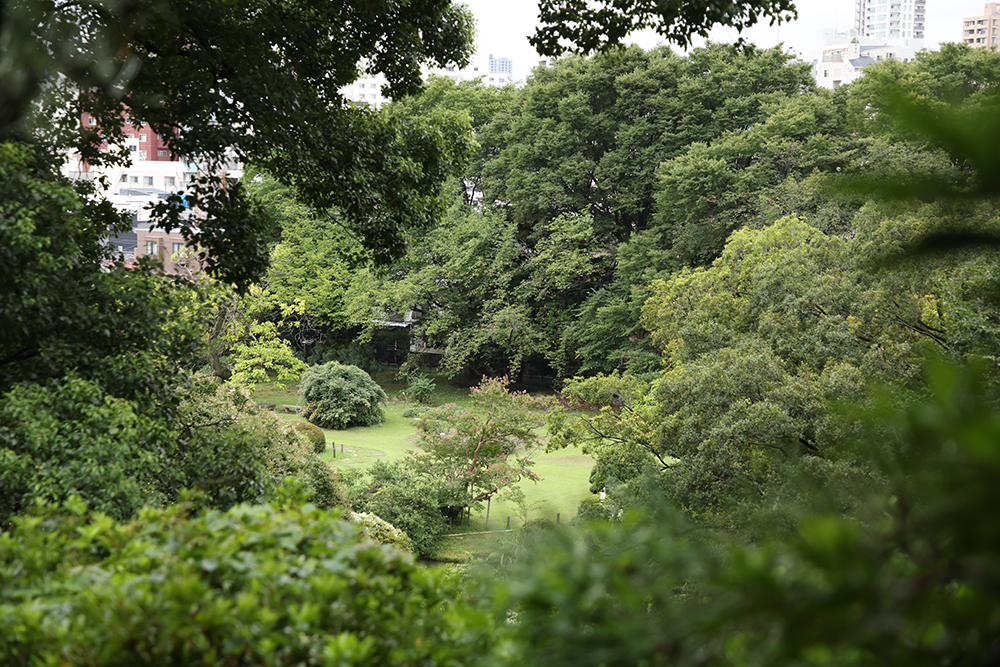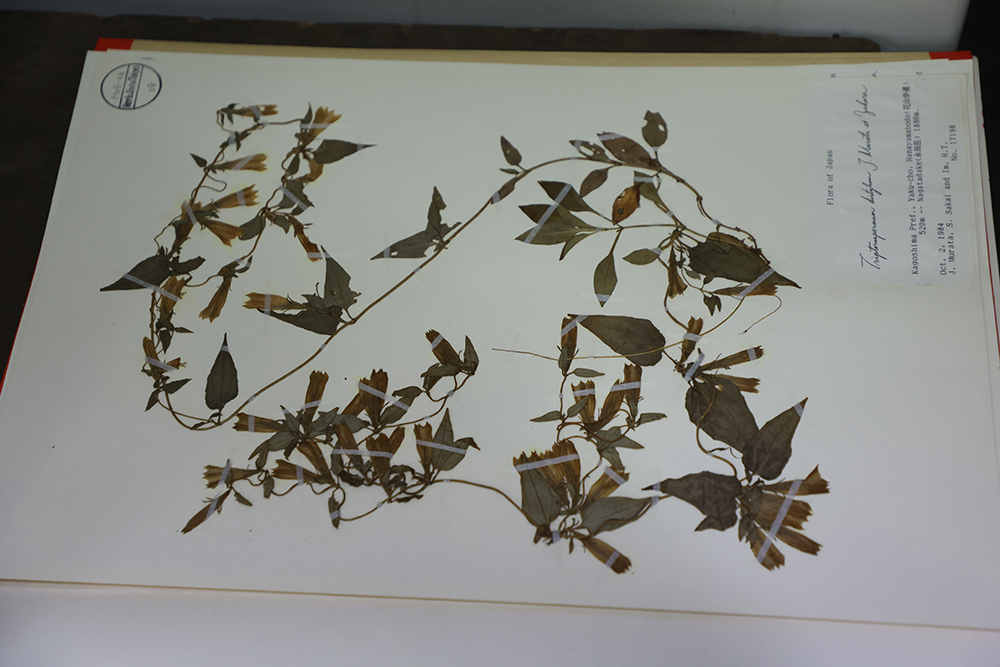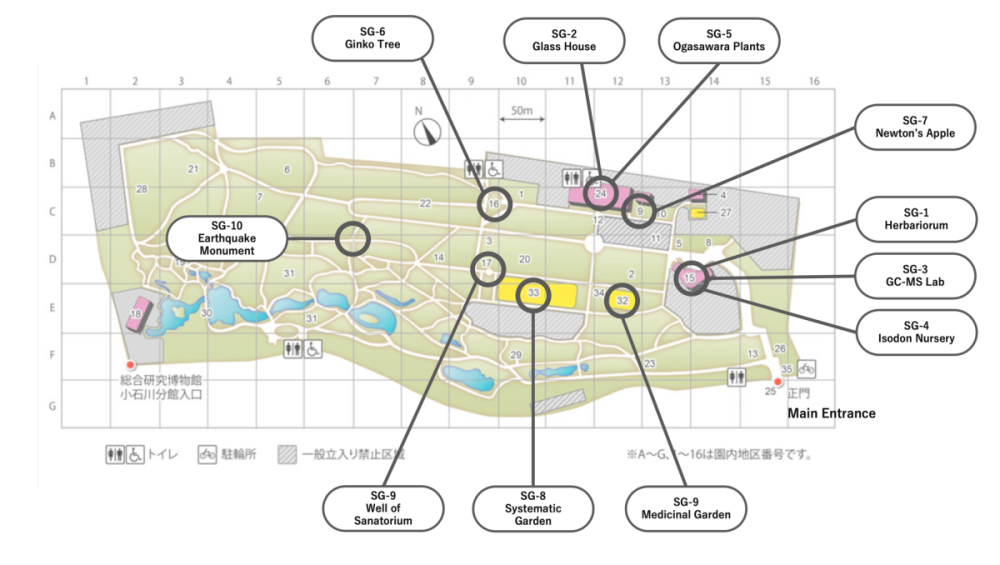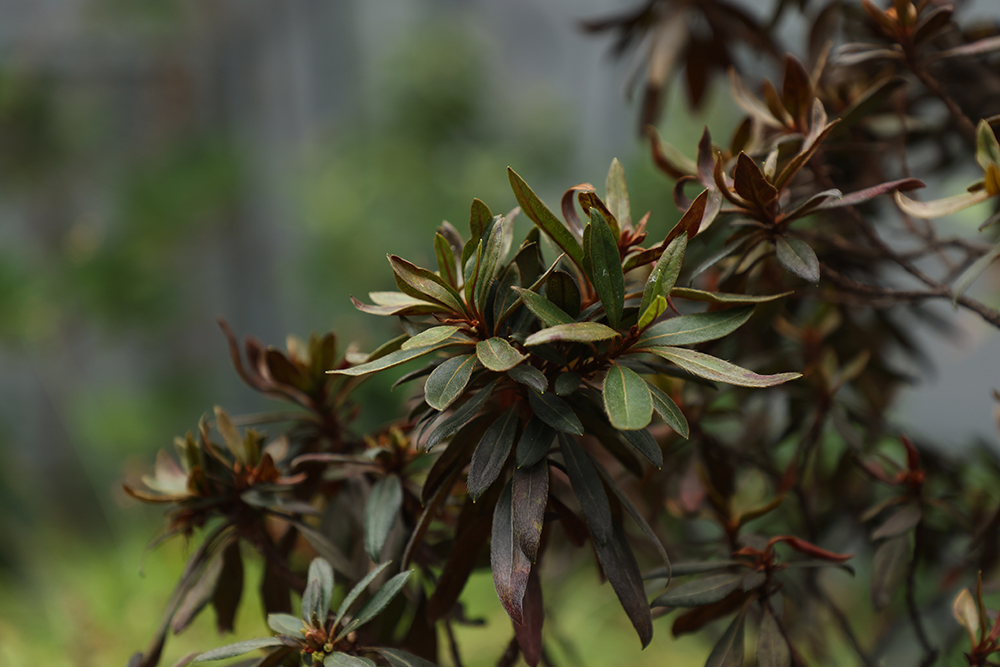
Sounding Garden of Koishikawa
@ Koishikawa Botanical Garden, The University of Tokyo, Tokyo
Koishikawa Botanical Garden (小石川植物園, Koishikawa Shokubutsuen, 40 acres, 16 hectares) is a botanical garden with an arboretum operated by the University of Tokyo Graduate School of Science. They are located at 3-7-1 Hakusan, Bunkyō, Tokyo.
– – – – – – – – – –
– – – – – – – – – –
Brief of the Open Call for Ten Soundworks
Rereading our environment in front of us through diverse mediums, memu earth lab explores how we can architect relationships that can utilize the bundle of possibilities that exist in front of us.
As a study field, we have so far conducted numerous sound-based rereadings of places at Memu in Hokkaido and at the Fuji Iyashino Mori Woodland Center in Yamanakako. This time we will conduct experiments at the Botanical Garden, a field where scientific exploration of nature takes place in the heart of the city.
At the garden, we would like to discuss how we imagine the potential future of space with a high concentration of living organisms in the urban context. Some questions are suggested through its history that it acted as a place for curing people, current scientific research that is redefining our perception of plants, and others that render toward us through careful listening of the place.
Botanical gardens originated in the West as a place of educating scientific knowledge and enlightening new entities called the public while also acting as an instrument in the process of colonization of the unknown ecosphere.
The Koishikawa Botanical Garden, on the other hand, started as an urban sanatorium for the poor, and a medical plant garden in the heart of Tokyo. The past of the garden suggests to us, a securing of different temporality. During the great earthquake in 1923, the garden became a space of evacuation toward safety and calmness. Today, many urban dwellers gather daily to harness its spatial offering toward their physical well-being.
Information also evacuates into this different temporality. The physical connection to nature, or the touch point to physicality itself, is now a contested subject in the age of digital transformation. Here at the garden, the roles of information (DNA) kept in the physical plant archives are starting to enlighten us with the possibility of restoring vegetation on the brink of extinction, which digitalized visual data would not have. We are still assigning new scientific and informatics roles to physical matter.
Today, diverse cutting-edge research is being conducted in the botanical garden. Efforts to understand plants in terms of their relationships with insects, animals, and other organisms suggest that we are much more connected to other organisms than we have previously isolated ourselves. The reasons for the shape of the leaves? There are so many phenomena that have been questioned but never yet explained in the past that are beginning to come into focus of the science frontier.
With this past and present in mind, how will we change the education of the next and succeeding generations? The phylogenetic system of plants has been revised, the next generation is beginning to perceive nature from a different perspective than now, and children are seeing relationships that were not visible before. What will the botanical garden of the future look like?
We would like to explore the possibilities of this place through sound to manifest those that are yet invisible or those that cannot be fully expressed in words. It is to navigate the questions that this place inherits and to create a time and opportunity to communicate them openly together beyond the walls of the garden.
We have selected ten sites and studies from the Botanical Garden that suggest questions that should be explored, reread, and to be shared.
2023 marks the centennial occasion of 1923 September 1 great earthquake. Overlapping people’s movements, one evacuating toward safety and calmness, we are planning to hold an event to reread the botanical garden and its potentialities through sound and gathering.
メムアースラボでは目の前の空間を多様な媒体を通し再読し、そこに拡がる可能性の束を活かすことのできる関係性の建築を実験しています。
これまでにも音を介した場所の再読を北海道のメムのフィールドや、山中湖の富士癒しの森研究所で実施してきましたが、今回は自然を対象とした理学的探究を都心で繰り広げるフィールド、東京大学附属小石川植物園にて実験を展開します。
植物園を舞台に、都市というコンテクストにおいて生物が高密度に存在する空間の将来的可能性について議論を試みたいと考えています。そのための題材は、人を癒してきたこの場所の過去や、我々の植物に対する理解を再定義しようとする現在の科学的研究の見知、またこの場所に聞き入ることから読み取ることが出来ます。
植物園は、西洋では科学的見知の啓蒙、市民教育と同時に、未知であった生態系の植民地化にその発端をみます。
一方、小石川植物園の前身は、都心における貧困者のための療養所とそのための野草園でした。また100年前の大震災の折には、人々の安心と平穏のための避難所になるなど、その過去には、西洋の植物園とは異なる時間の流れ、人を受け入れ続けて来た場所の歴史が存在しています。今日においては、都心に居住する人々が心身の健康を求めこの空間に集まります。
この異なる時間の中には、人のみではなく、情報も存在・避難しています。昨今のデジタル・トランスフォメーション期においては、自然との物理的な関係性、あるいは身体性との接点そのものが議論の対象となっています。多様な情報がデジタル化に向かう一方、植物園の物理的な植物のアーカイブは、DNA情報を伝え、例えばアーカイブに存在する種子が絶滅に瀕する植生の回復に可能性を照らし始めています。デジタル化された視覚情報では不可能となる身体性の意義、新しい科学的情報の役割が日々再読されています。
現在の植物園では多様な先端的な研究が行われています。植物を、昆虫や動物などの生息圏を共にする生物の関係性から理解しようとする取り組みは、自分達(人)を生態系のつながりの中に戻そうとします。また葉っぱの形状の理由など、これまで、言われてみれば疑問に思うも説明されて来なかった目の前の事象に、ようやく科学の先端が追いついて来ています。香りの分子分析から見えてくるこれまで目視しようとしていた生態系の理解。これらの知見が捉え直す目の前の自然の可能性を改めて再読する必要が感じられます。
これらの歴史や知見は、次世代、次次世代への教育をどう変えていくでしょうか?植物の系統体系が改められ、これまでとは異なる観点で次世代は自然を捉え始めようとしていること、見えていなかった関係性が聞こえ、感じられる子どもたち、将来の植物園の空間はどのような姿をしているのでしょうか?
目では見えていないものたちの、また言葉では語り尽くせない可能性を一つの空間に奏でることで、顕在化させることを今回実験したいと考えています。音という視覚ではない媒体を介し、この空間の可能性をナビゲートし、それを広く、植物園の壁を越えて共有する時間と機会を建築したいと思います。
今回、植物園の中から、再読すべき疑問を示唆する10の場所や研究を選びました。これらの疑問を音を介しより多くの人と共有することがオープンコールの目的です。
2023年は、1923年9月1日の大震災から100年が経ちます。過去に安心と平穏を求め集まった人々の流れに重ね、今日、この場所の可能性を探索する人の流れを考えています。
– – – – – – – – – –
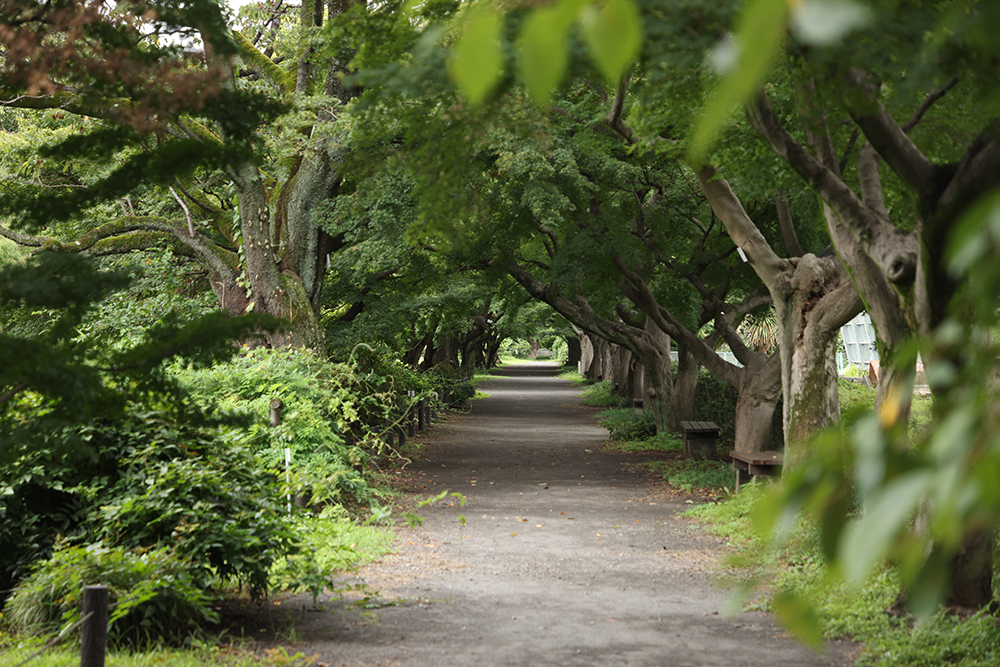
– – – – – – – – – –
What we are looking for in Soundworks
・We are looking for a total of 10 high-quality new Soundworks by Japan-based sound artists engaging with the past and present research and events taking place at the gardens, which are represented by 10 locations across the site.
・Each Soundworks will be presented via a simple speaker system at each given location during a weekend of events in September 2023. Beyond this weekend, the work will be available to listen to via QR codes at each location and also online via a dedicated webpage.
・Durational sound pieces of 5-10 minutes.
・Sound work designed for active listening as people wander through the gardens and around each locations. We want people to “lean in” to the sound and discover it among the other sounds that permeate the locations.
・Therefore it is important to consider that each sound work will be presented outdoors alongside the natural soundscape of people, birds, insects, and wind.
・Each Soundworks will be played at a sound level in harmony with the surrounding sound environment; therefore, it should be designed with that in mind.
サウンドワークに期待すること
今回の公募では、日本在住のサウンドアーティストに対して、小石川植物園の過去から未来に向けた研究や出来事を象徴する園内10か所にまつわる10の新しいサウンドワークを制作してもらいます。
2023年9月始めの週末に開催されるイベントにおいて、各サウンドワークは、簡単なスピーカーシステムを用いてそれぞれの場所にて発表されます。イベント後は、植物園のそれぞれの場所に設置されるQRコードを介して、また場所を問わずオンラインから聴くことができるようにします。
各サウンドワークの長さは5分から10分を想定しています。
これらのサウンドワークは、訪れる人々が植物園の各ロケーションを散策する際に、能動的傾聴を促すものとなります。サウンドワークに寄り添うことで、植物園の空間に存在する他の音の間に、今回の一連の音を見つけてほしいと考えています。
これらのサウンドワークは、屋外で既に存在している人、鳥、虫、風と言ったサウンドスケープの中で、また周りの音環境と調和された音量にて音が流されることを想定してください。
– – – – – – – – – –
What we are offering
・Artist Fee 150,000 yen / soundwork
・PR as part of the overall project
・Opportunity to discuss soundwork at the launch event in September 2023.
・To be part of a compilation album featuring all ten pieces.
公募が準備しているもの
・活動費15万円/サウンドワーク
・プロジェクト全体を通したリレーション・ビルディング
・2023年9月のイベント時に作品について共有する機会
・10作品のコンピレーションアルバムへの収録
– – – – – – – – – –
How to apply
・All interested artists are requested to send a maximum of A4 / 2 pages in English or Japanese explanation of their approach to the work they would create should they be selected.
・We are looking for how you would connect to the research and to the physicality of the location itself, as well as how you feel your work may contribute positively to the overall sonic ecosystem of the space.
・We ask that you select one of the locations listed as a case study on which you may base your concepts.
・Please note: should you be selected, the panel will allocate the actual location to each artist, so we understand that your approach may differ if you have to work on a different location than the one in your example.
応募方法
・書類による一次選考を行います。プロジェクトに参加するにあたり、どのような制作のアプローチを取るのかを、A4サイズ2枚までを用い、英語または日本語で説明してください。
・特に植物園という物理的な場所と、そこで展開する研究とどのように関与して制作に取り組み、また作品が植物園の音環境全体にどのように貢献していくのかを明示してください。
・下記10のロケーションのひとつを選択し、ケーススタディとして、自身のコンセプトを説明してください。
・選考の末、実際に制作に関わることになるロケーションを各アーティストに割り振ります。応募の際には、ロケーションが異なることでアプローチも変わるということを当方が理解しているものとしてください。
– – – – – – – – – –
10 Locations
1: Main building and type specimens in Herbarium
Built in 1939 and designed by Yoshikazu Uchida. Stores a collection of over 1,900,000 dried plant specimens collected since the Meiji Period. These become references to naming new types, DNA analysis, flora survey, and much other adaptive research. It also acts as a seed bank for endangered species or those extinct, where the physical collection carries value.
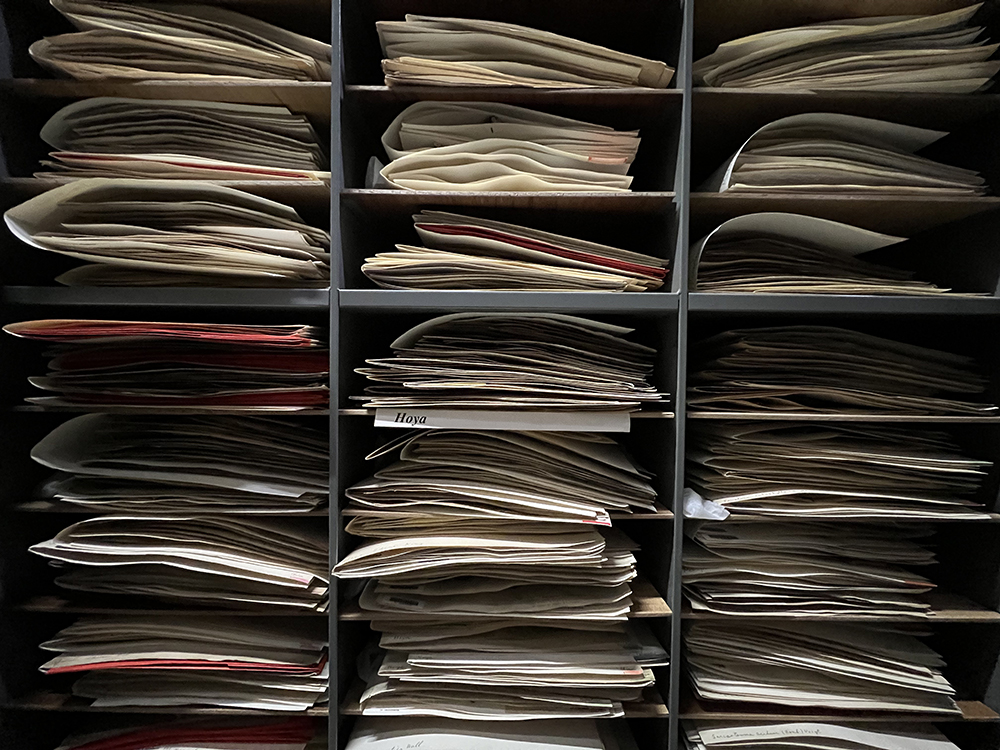
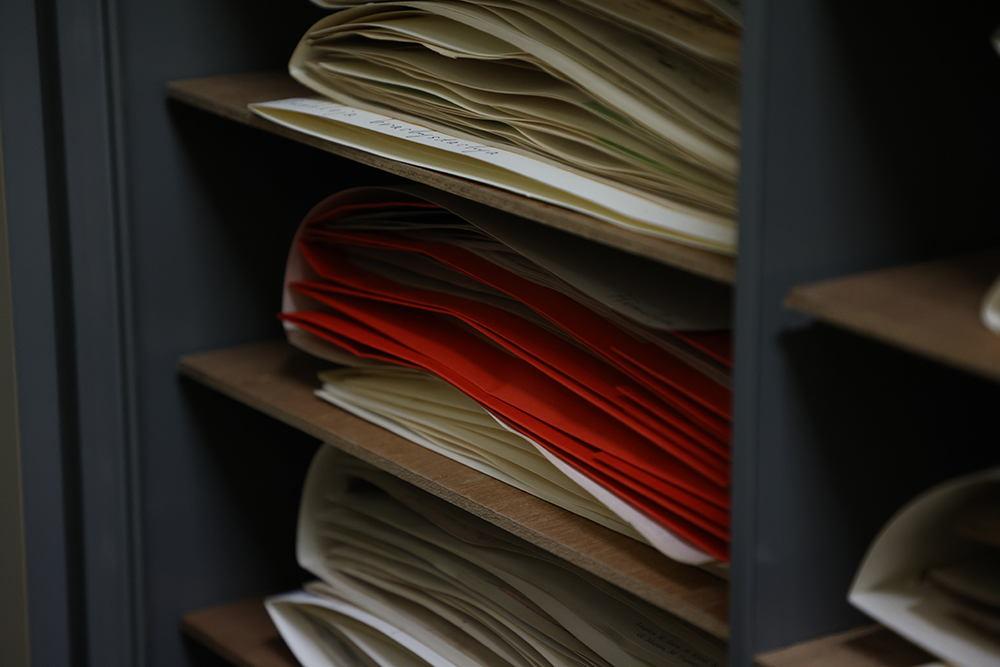
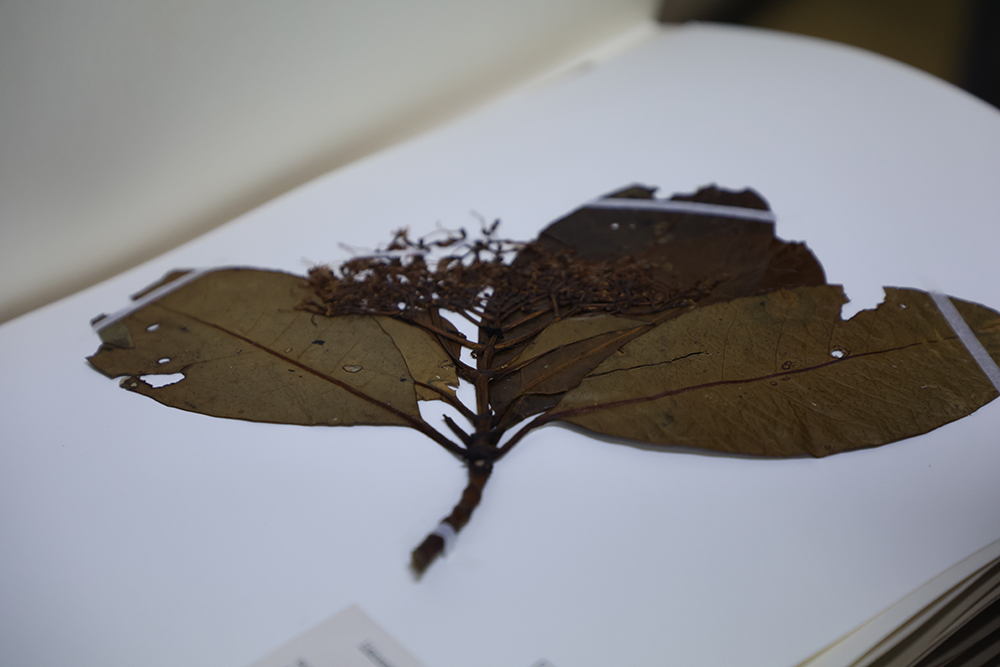
2: Glasshouse
Contains around 2,000 tropical and subtropical plants. Exhibits live mutualism between a plant (Breynia vitis-idaea) and a tiny moth that pollinates it and depend on the plant’s fruit for larval brood site. The approach toward mutualism between plants and insects is an academic frontier where new findings are discovered daily.
Reference: Atsushi Kawakita, Makoto Kato. Obligate pollination mutualism in Breynia (Phyllanthaceae): further documentation of pollination mutualism involving Epicephala moths (Gracillariidae). American Journal of Botany , Volume 91, Issue 9 p. 1319-1325.
https://bsapubs.onlinelibrary.wiley.com/doi/full/10.3732/ajb.91.9.1319
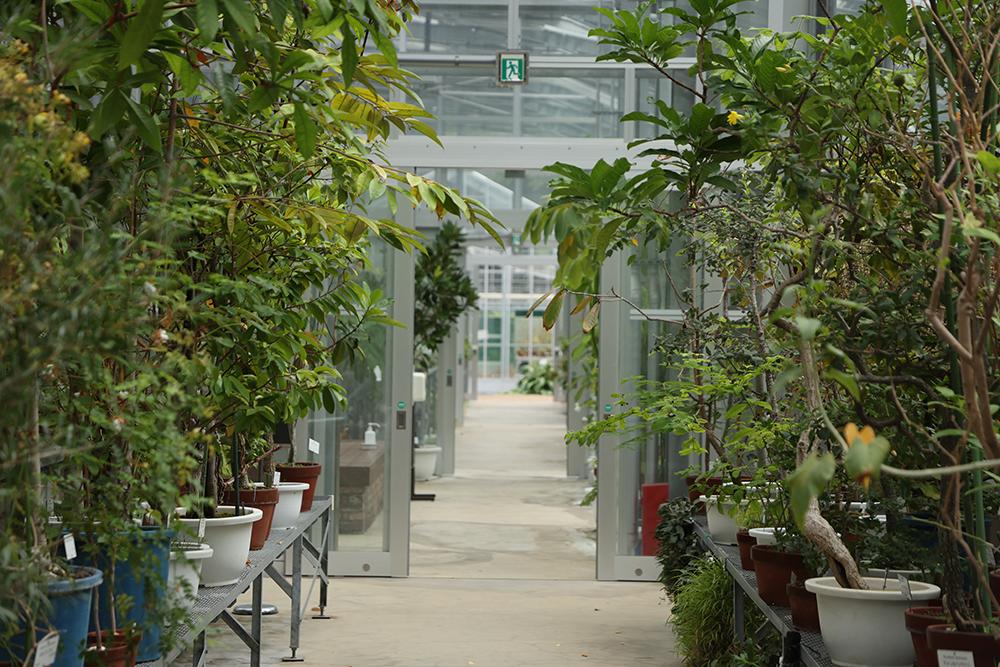
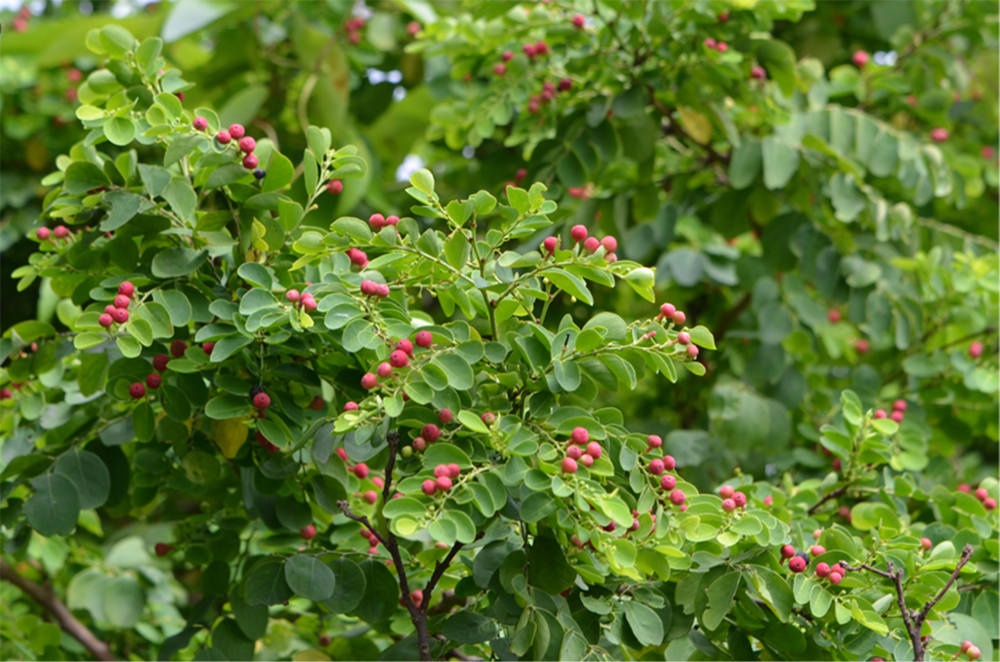
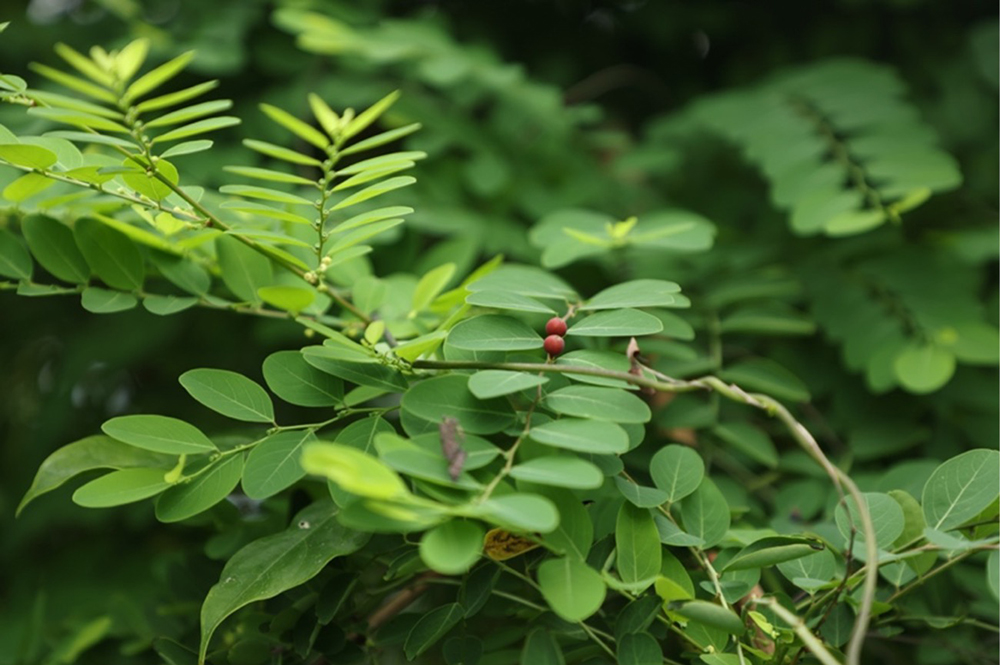

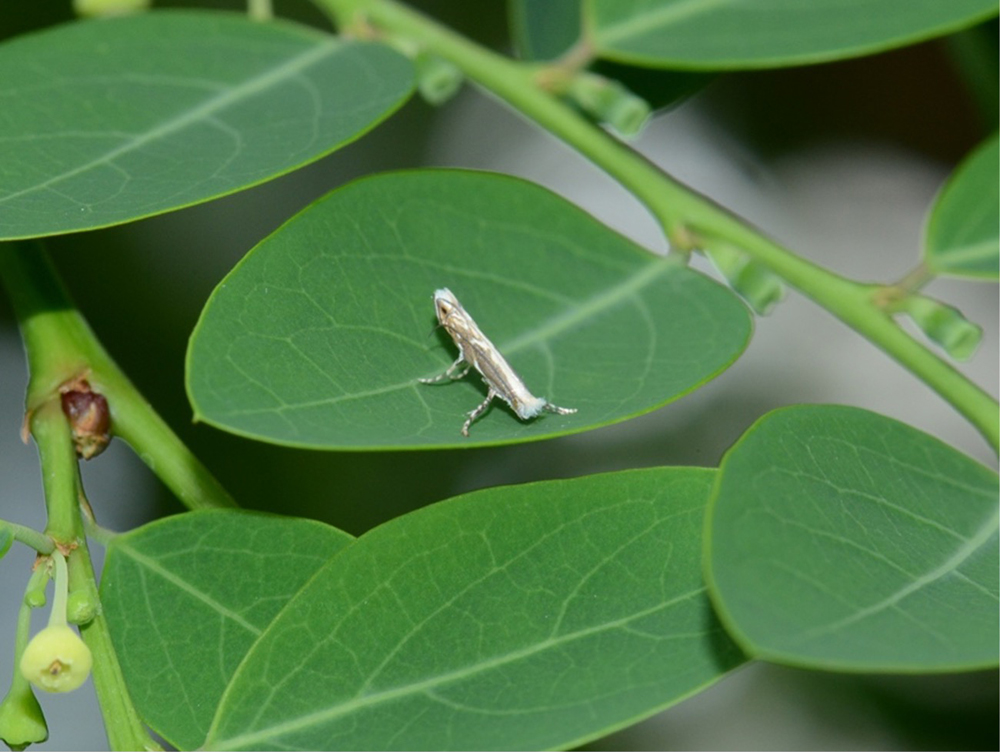
3: GC-MS laboratory
One corner of the main building processes plant volatiles into pieces of ion fragments using gas chromatography-mass spectrometry. The ion fragments are pieces of the puzzle that reveals the identity of the constituent compounds. Some of the research leads to the discovery of a flower that mimics dead ants or that imitates mushrooms.
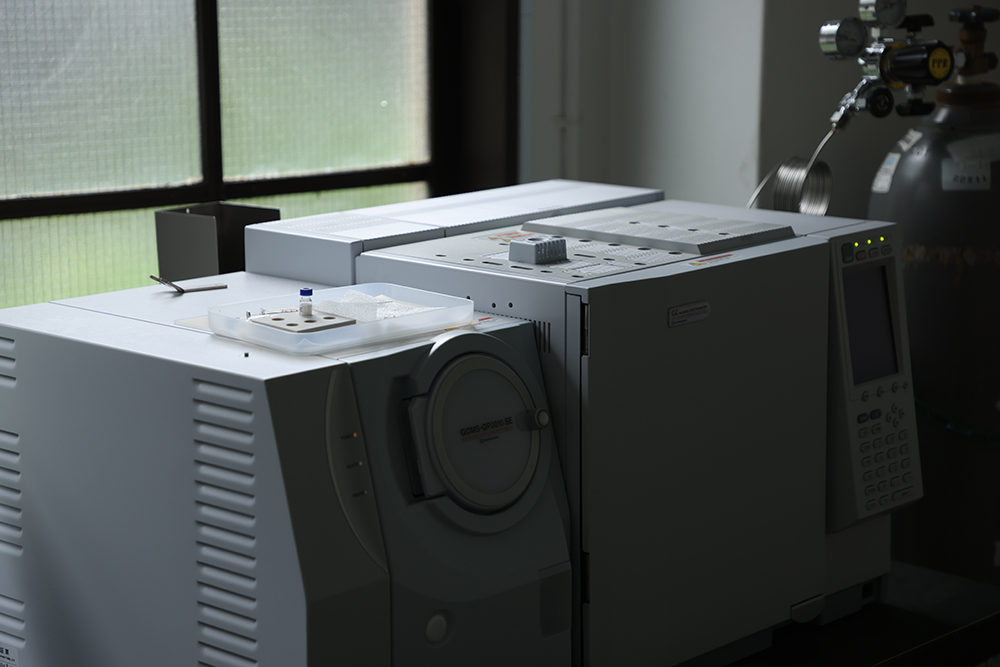
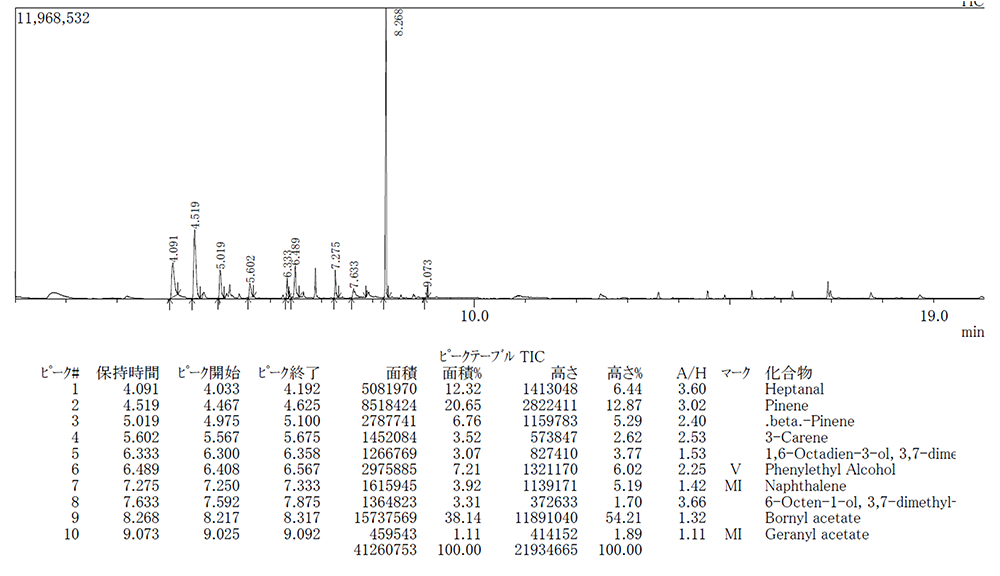
4: Isodon nursery
Grows Isodon plants of various leaf shapes. Isodon leaves are utilized by a leaf-rolling weevil (Apoderus praecellens) that artistically rolls up a single leaf for larval shelter and food. Leaves with deep lobes prevent weevils from correctly executing the rolling behavior and escape herbivory. There are many unknown aspects regarding the shapes of leaves and its morphology, and fundamental research is just beginning to take place.
Reference: Higuchi, Y., Kawakita, A. Leaf shape deters plant processing by an herbivorous weevil. Nature Plants, 5: 959–964 (2019).
https://doi.org/10.1038/s41477-019-0505-x
Press release (in Japanese): https://www.kyoto-u.ac.jp/ja/research-news/2019-09-05
Yumiko Higuchi, Atsushi Kawakita, Shape-dependent leaf manipulation in the leaf rolling weevil Phymatapoderus pavens (Coleoptera: Attelabidae), Biological Journal of the Linnean Society, 136: 1–12 (2022).
https://doi.org/10.1093/biolinnean/blac016
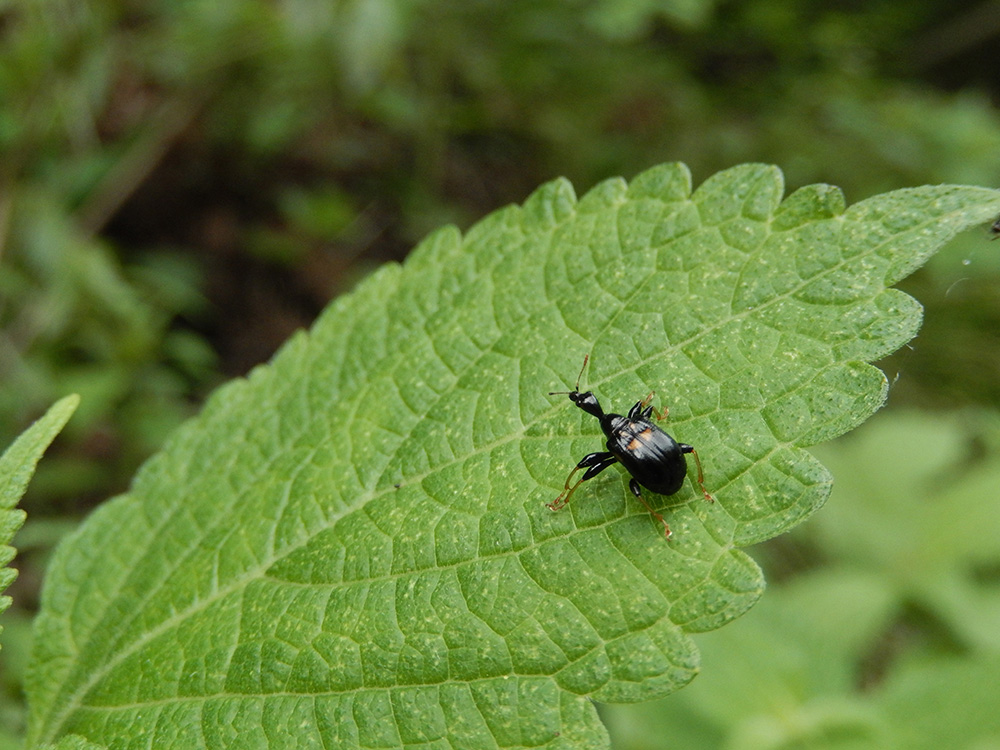
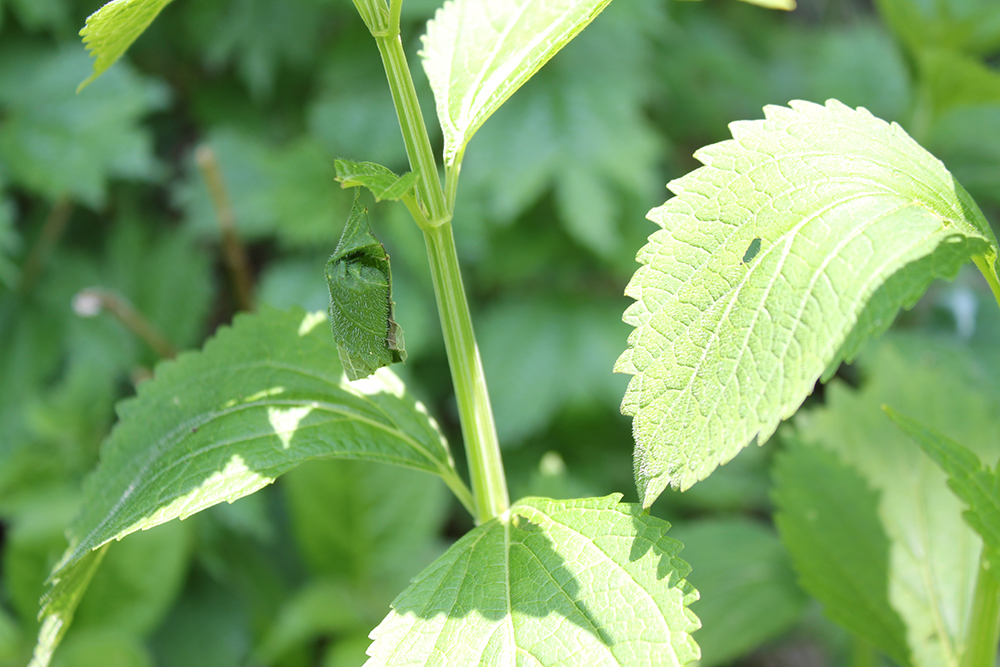
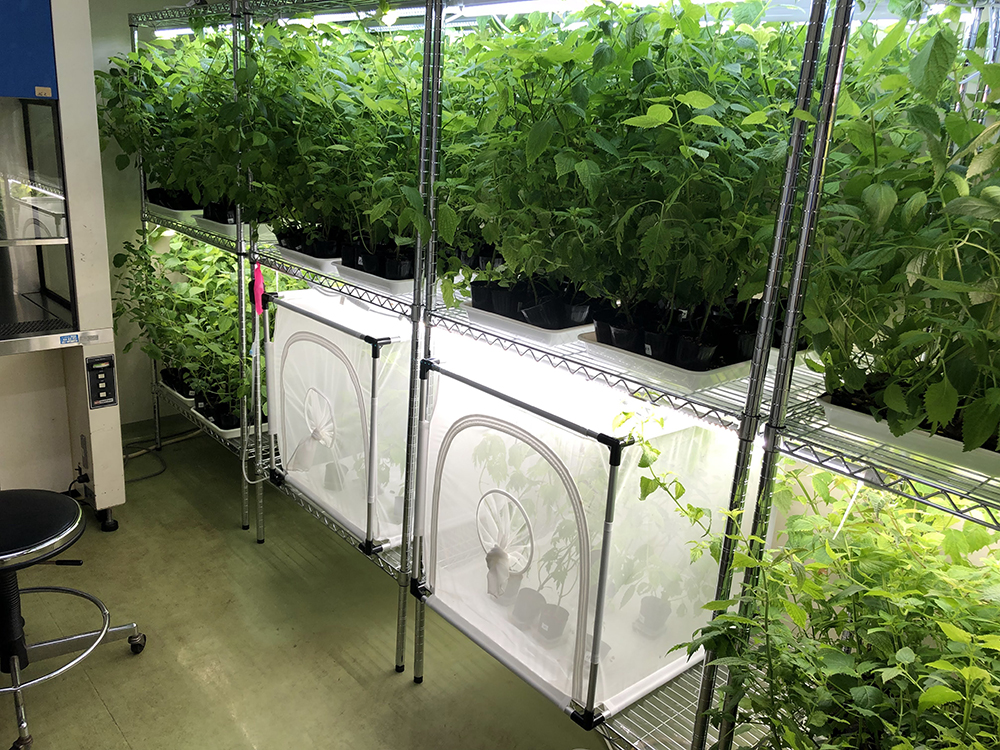
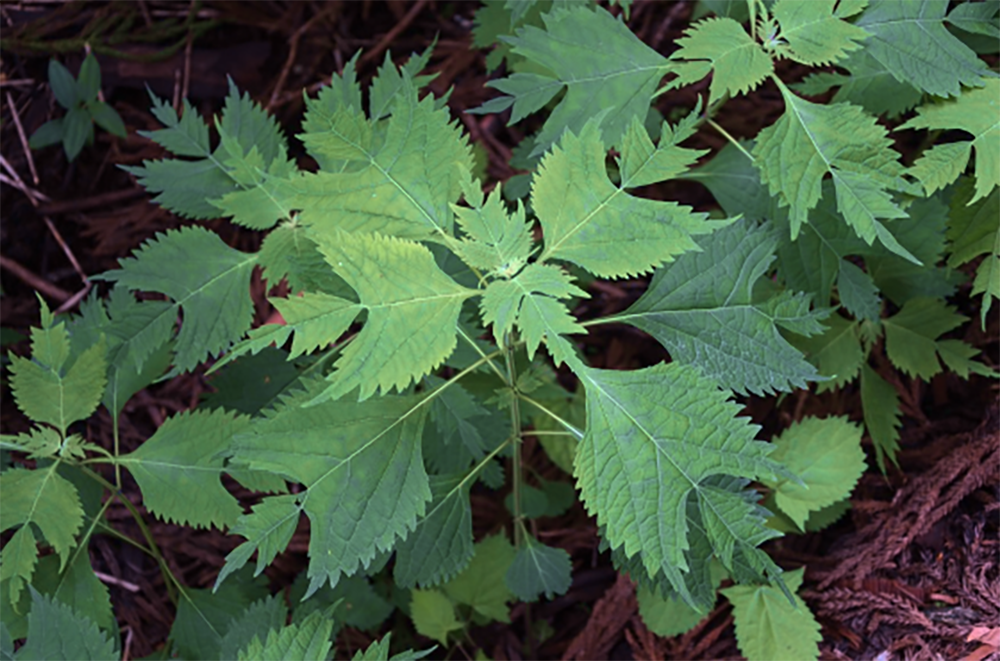
5: Ogasawara Islands plant nursery
Maintains around 90 species of endangered endemic plants of the Ogasawara Islands. Conservation program in Koishikawa Botanical Garden has prevented species such as Rhododendron boninense and Melastoma tetramerum from extinction in the wild. The most story-telling plant would be Rhododendron boninense (Munin Tsutsuji), classified as critically endangered (CR). There is only one individual left in the wild, but the garden has propagated individuals from cuttings and reintroduced them to the original habitat, resulting in a population of 60 individuals and saving the species from extinction. The same has been done for Melastoma tetramerum (Munin no Botan), which now produces seeds in the wild and regenerates naturally.
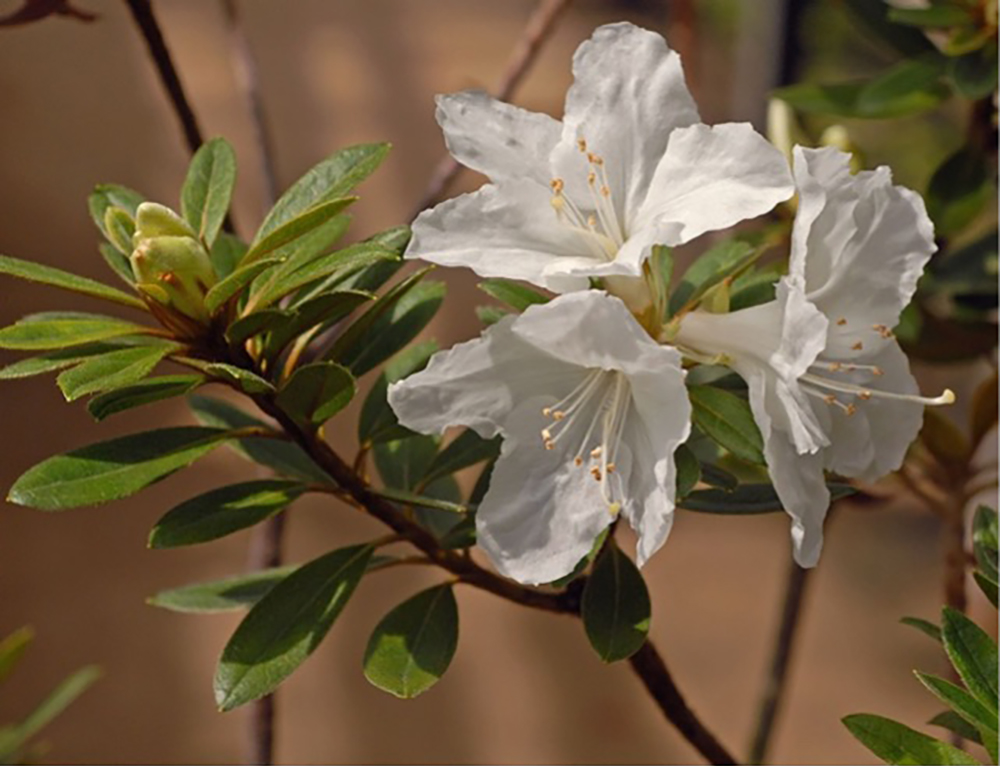
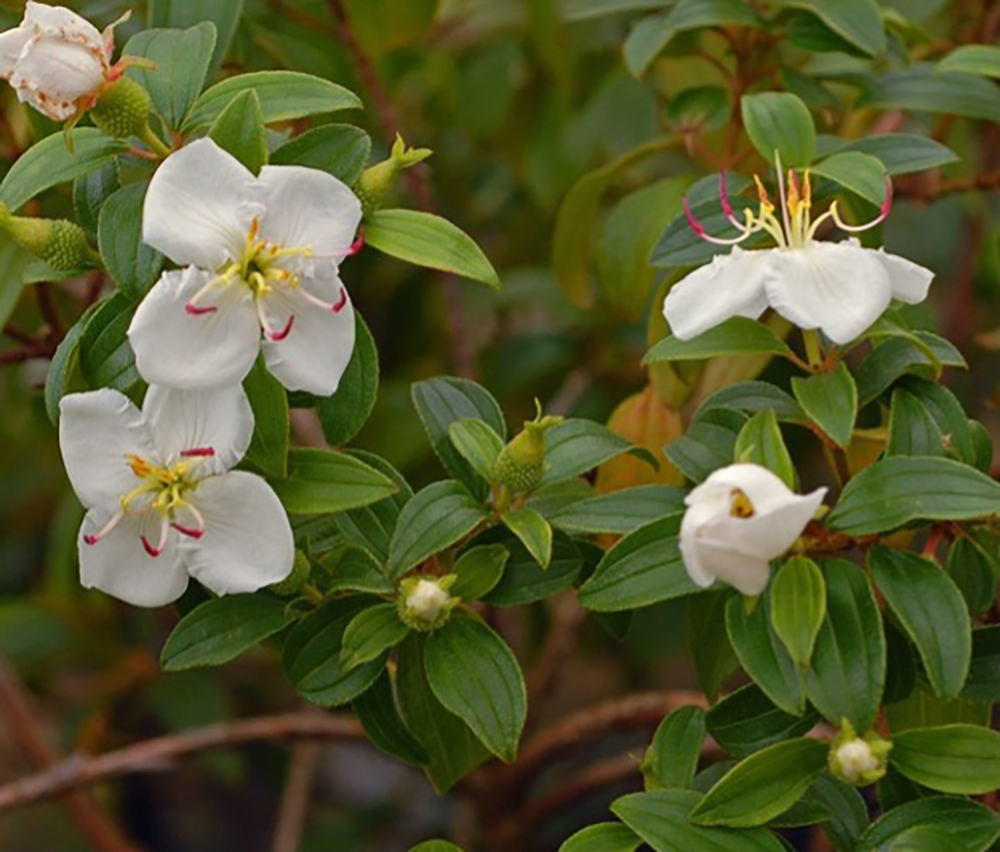
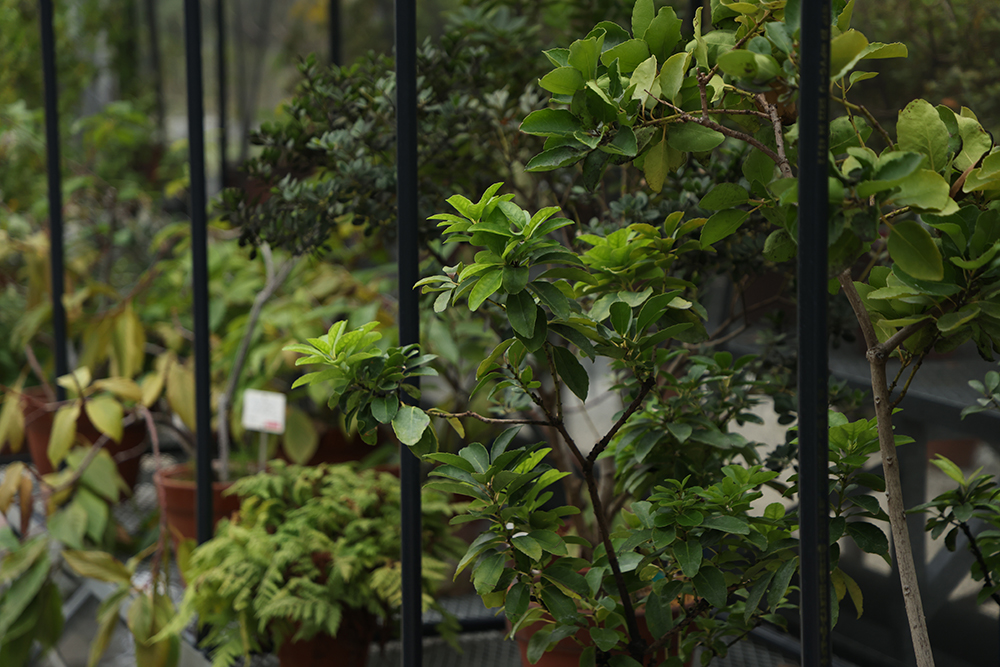
6: Ginkgo biloba
Sakugoro Hirase discovered the sperm of Ginkgo biloba from this tree. Around the turn of the century (1900), there were many discoveries around the world pointing at the Gymnosperm having sperm. Angiosperms, often called flowering plants, fertilize by pollen tubes, whereas bryophytes and pteridophytes fertilize by sperms. The discoveries bridged the gap in the fundamental understanding of the grouping the plants. Hirase originally came to the garden as a painter, soon turning into a researcher.
Reference: THE SEA IN THE SEED-Sperm of Ginkgo biloba and Reproductive Evolution in Plants – Planned and produced by Tokyo Cinema Shinnsha Co., Inc., 2000. 35min https://www.youtube.com/watch?
Detailed Article on Hirase’s discovery: https://bsj.or.jp/jpn/JPR/digital/icho2.php
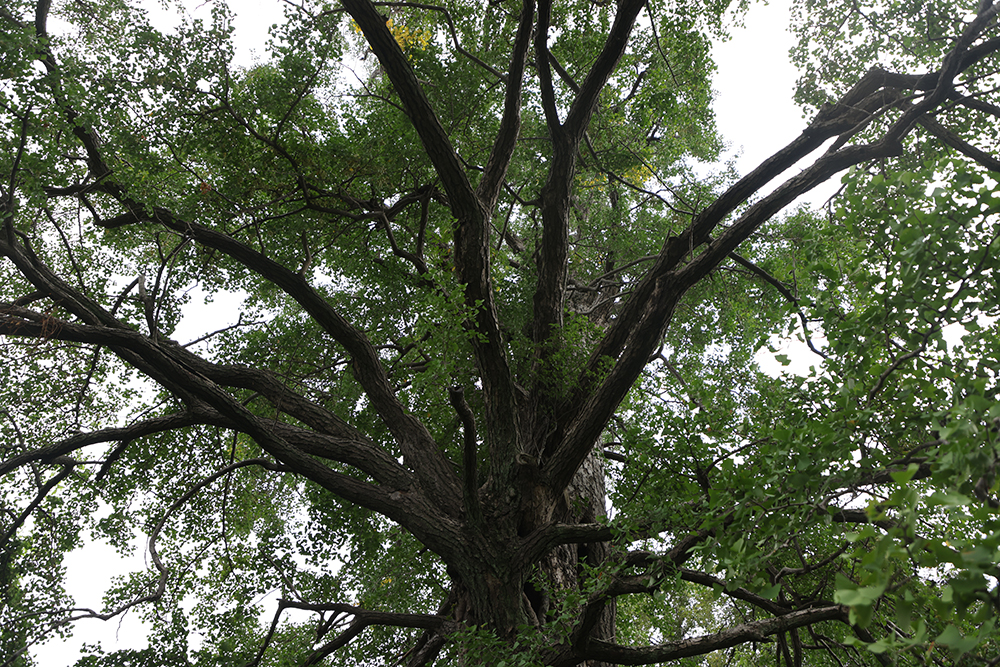
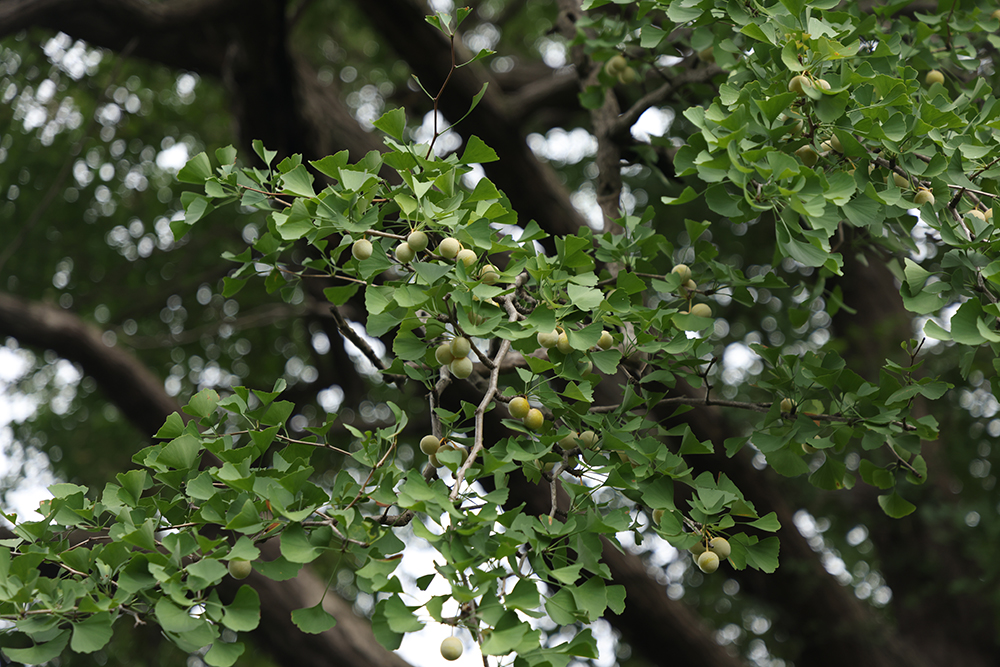
7: A grafted Newton’s apple tree
Sir Isaac Newton’s apple tree helped him devise the law of gravity. Newtonian physics provided us with ideal space and absolute time, which gave us specific ways of understanding resources, in turn, how we look at nature and what is in front of us. Now, if the understanding of the law of physics is shifting, how do we perceive nature, and what would we see in the falling fruits and the space of the botanical garden?
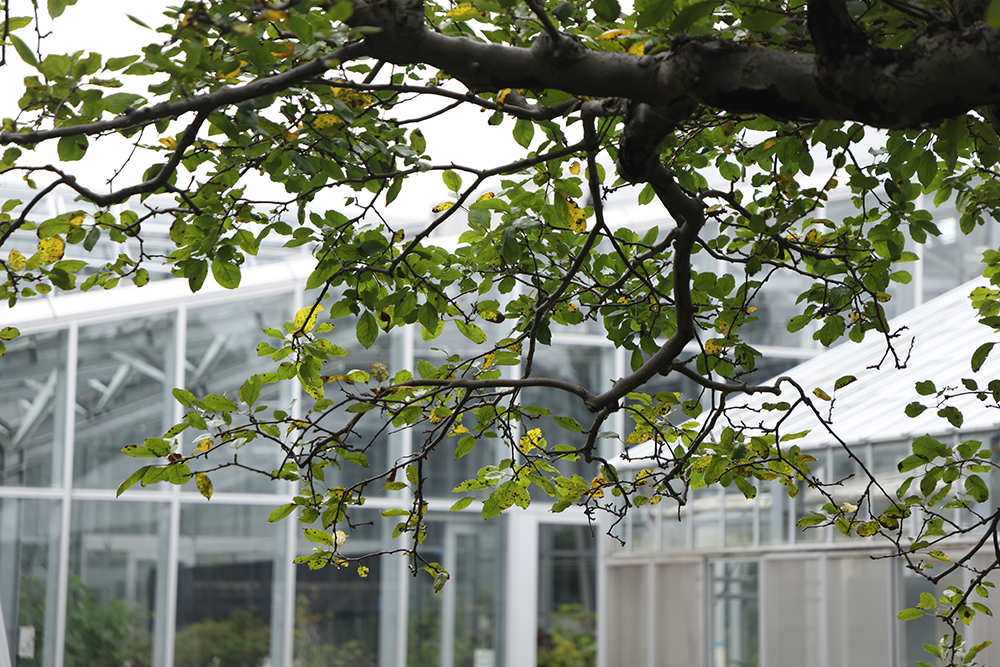
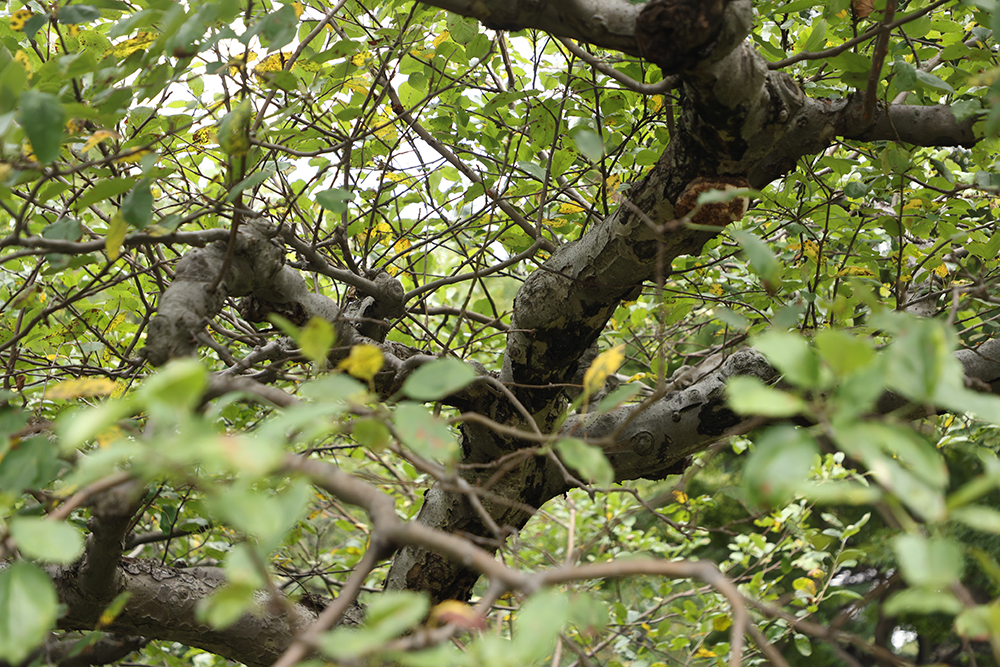
8: Systematic Garden
A collection of around 500 species as a living illustrated book of plants for educational purposes. It is under a transplanting process to adapt from the current phenetics-based Engler system into APG (Angiosperm Phylogeny Group) system based on molecular phylogenetics analyzing DNA and RNA.
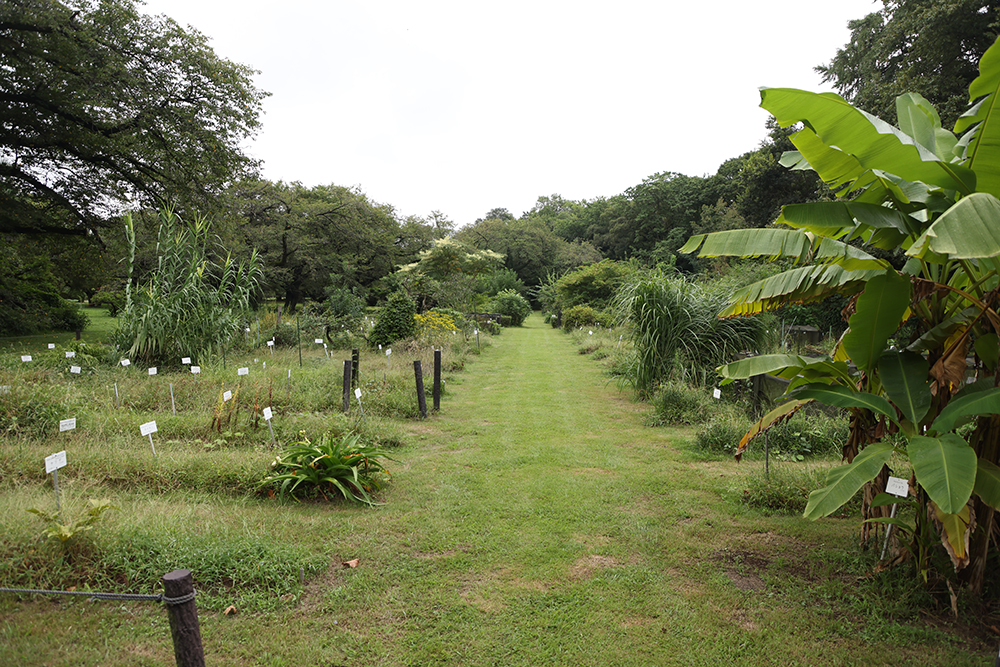
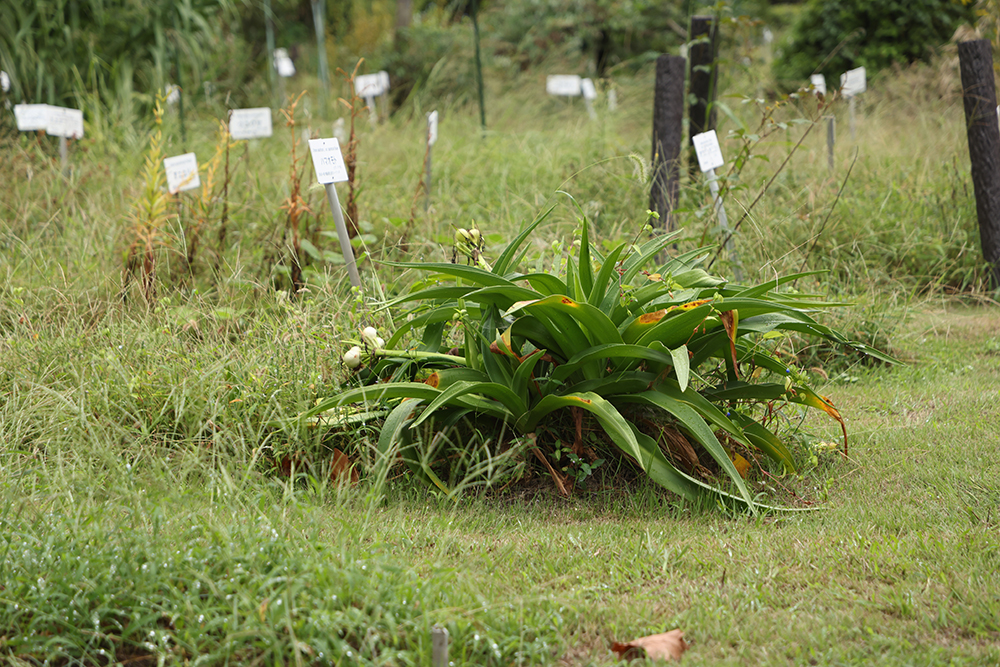
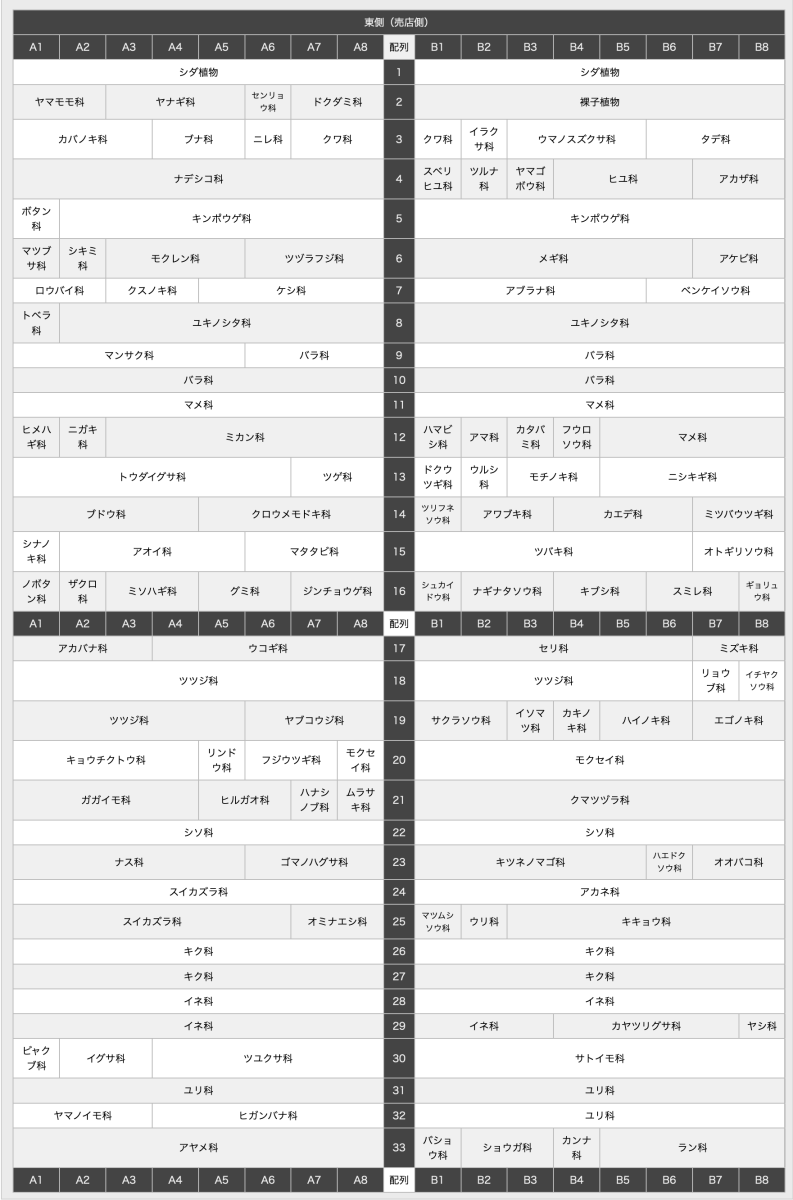
9: The former well of Koishikawa Yojosho/Medicinal plant garden
The well used to cure the sick at the Koishikawa Yojosho hospital during the Edo period was mainly aimed at those in economic need due to the population growth of Edo. Exhibits a collection of medicinal plants used at that time.
Painting (partial and detail) Chikusai Kato, Shokubutsuen Ichiran Zu: overview picture of the botanical garden, April 1876 (Meiji 9)
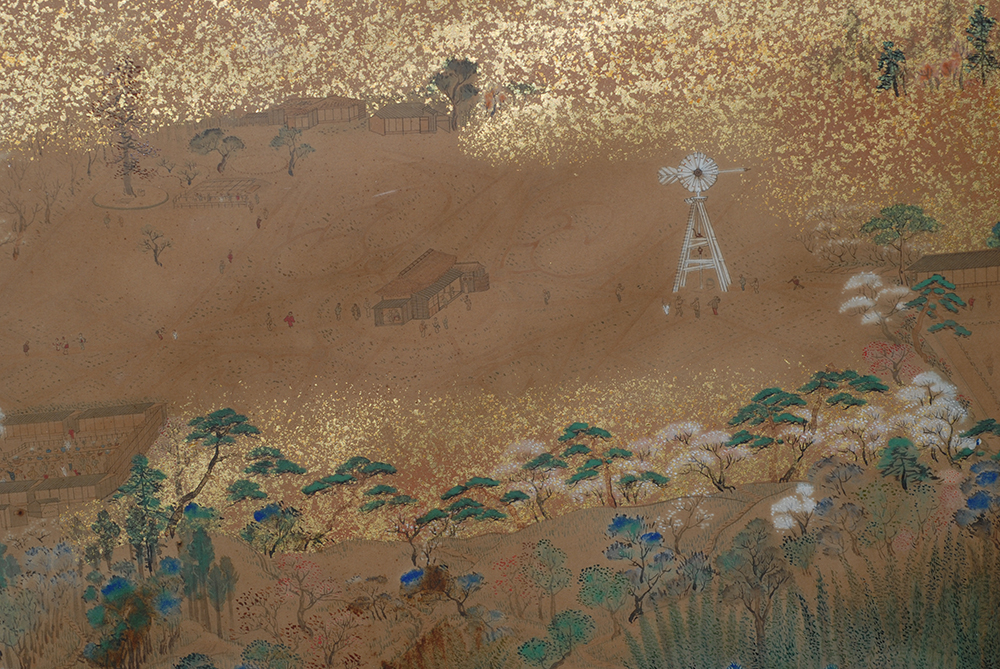

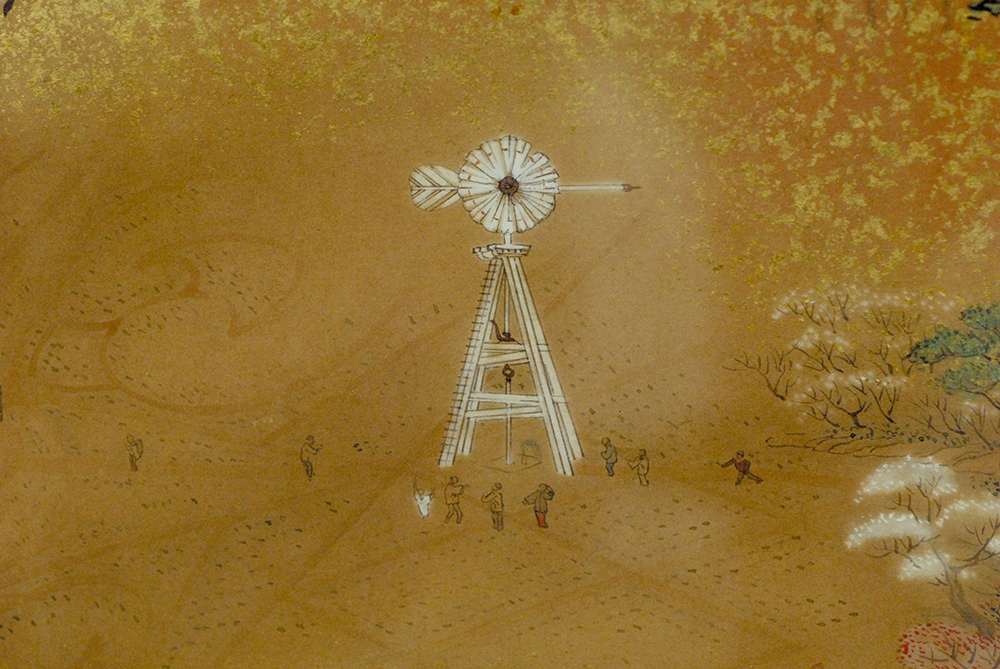
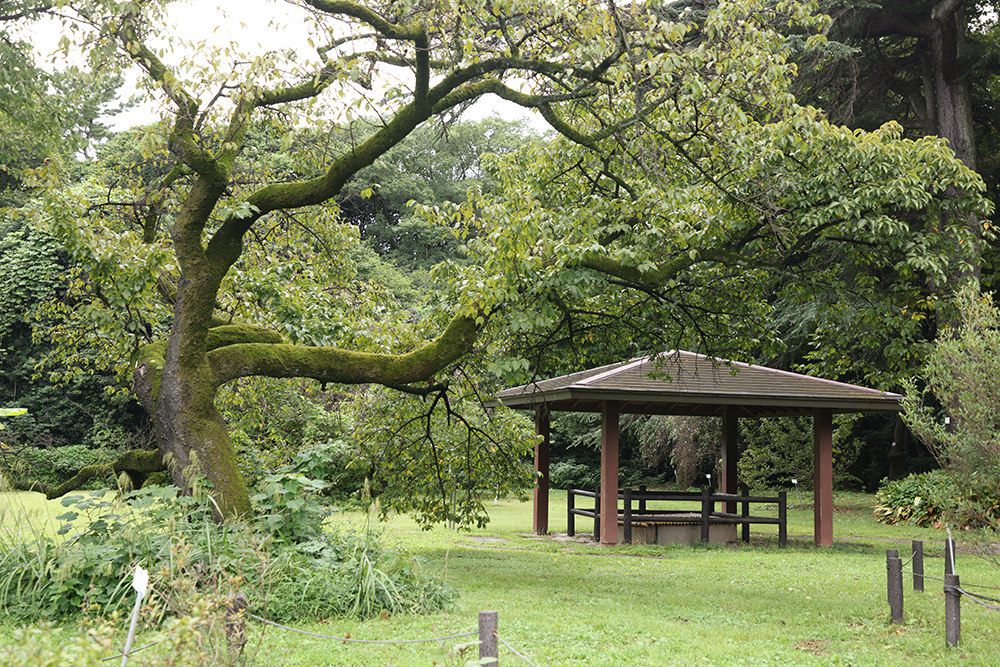
10: Monument to the Tokyo Earthquake
A memorial stone was placed by the people evacuated to the gardens following the Great Tokyo Earthquake of September 1st 1923. 30,000 people have used the garden as refugee, the last refugee left the garden on January 1925.
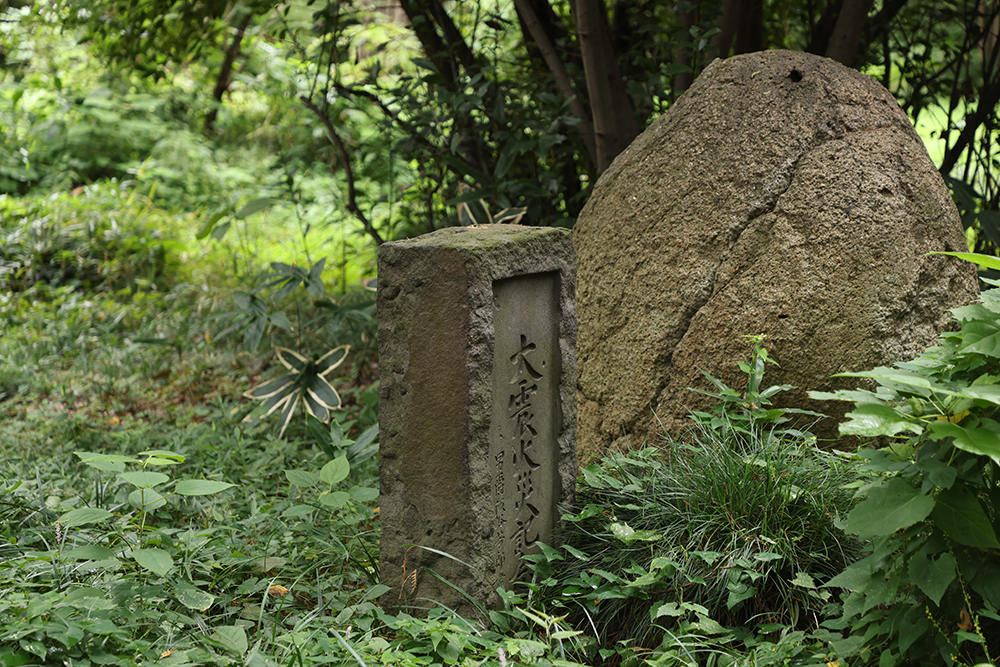
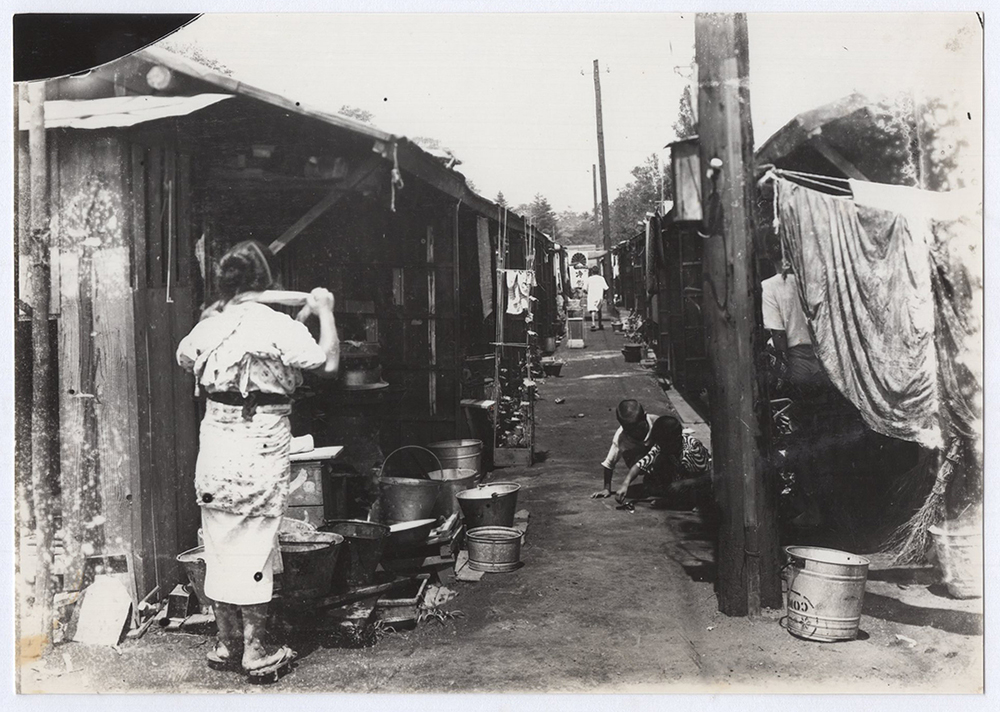
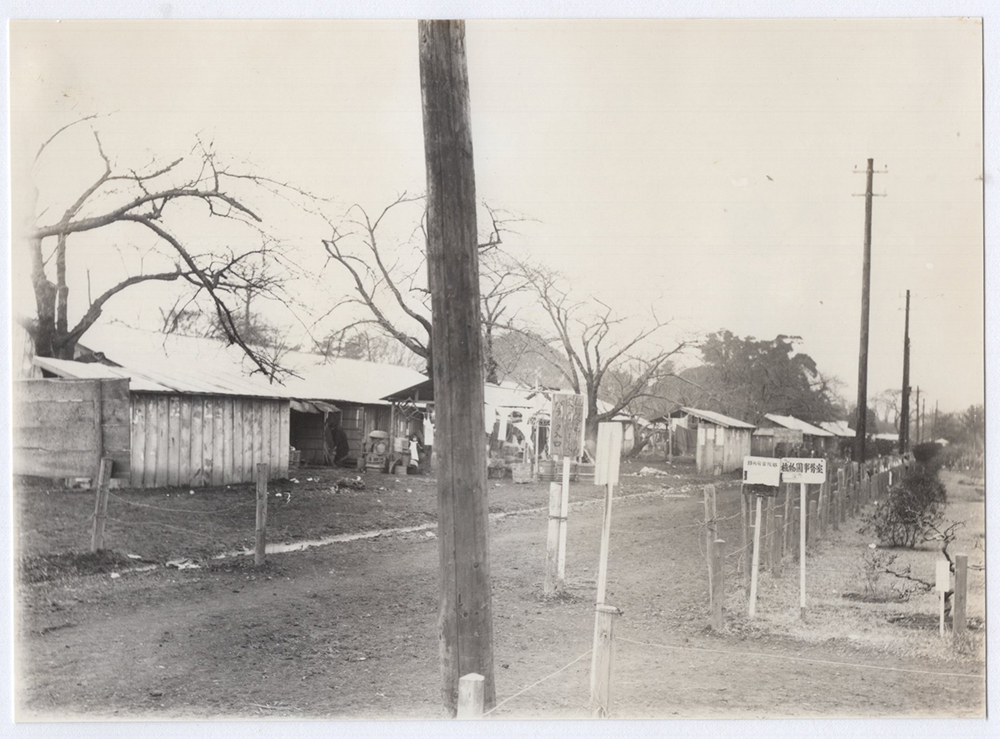
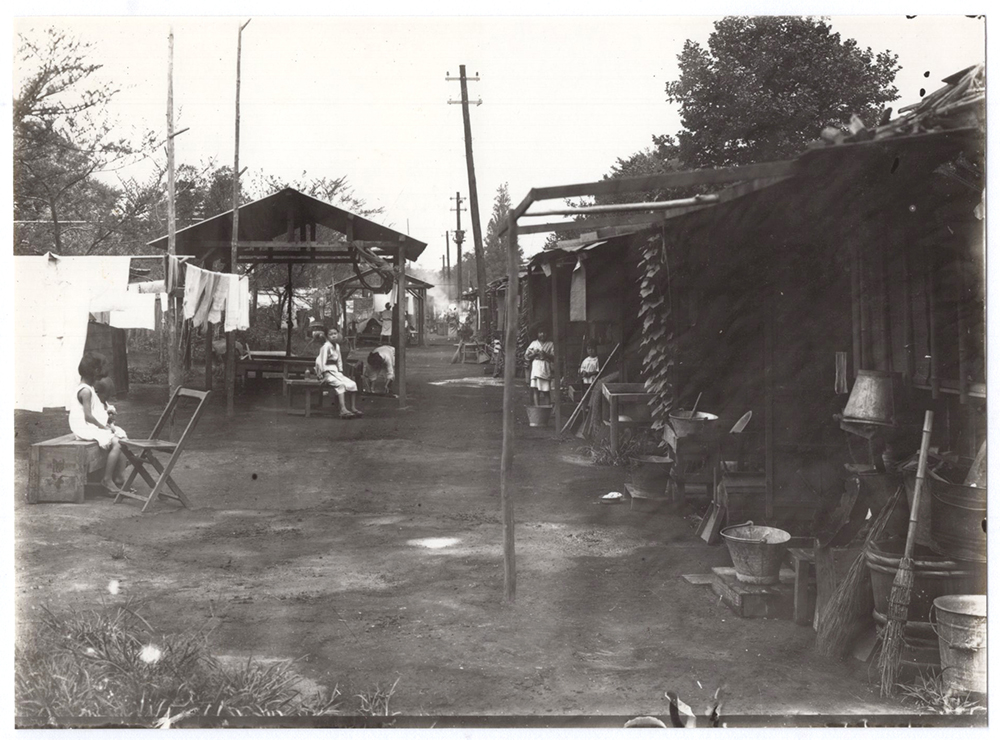
– – – – – – – – – –
– – – – – – – – – –
Key Dates
Below are the key dates of the open call.
December 1st, 2022: Open Call Announcement / 公募開始
January 31st, 2023, 1800 JST – Submission date for proposal entries / プロポーザルの提出期限
Submission Deadline has been Extended to February 15th.
2月15日まで締切を延長いたしました。
February 1st 16th – March 15th, 2023 – The panel will review all entries / パネルによる選考期間
April 1st, 2023 – All successful artists will be notified by email. As we expect a large number of entries but have limited resources, we apologize in advance for being unable to contact people whose work is not selected.
選考されたアーティストには、電子メールにて連絡が入ります。応募数にもよりますが、当方の人的資源の都合上、選出されなかったアーティストの皆様には連絡を割愛させて頂きます。
April TBC – Meeting online or at the location with each artist. / 各アーティストとオンライン、あるいは現地にてミーティングを行います。
July 1st, 2023 – Final deadline for each sound work, delivered as an unmastered stereo WAV file / 作品の締切日、マスタリングをしていないステレオWAVファイルの提出
September 1st, 2023 – Launch of tracks at the events / イベントにおける作品の公表会
– – – – – – – – – –
Language / 言語
Japanese and English
- Applicants can submit their proposals in either one of the languages. The program will be conducted bilingual and welcomes Japanese and English speakers.
- バイリンガルプログラムですので、日本語か英語にて応募ができます。
– – – – – – – – – –
Submissions
- The call is open to the public located in Japan.
- 日本在住の方に対する公募です
- The submissions could be made as a team or as an individual.
- チームあるいは個人での応募が可能です
Submission Deadline: January 31st, 2023. The submission was closed on February 15th.
一次選考締切:2023年1月31日 / 2月15日に応募の締切をいたしました。
Required materials to be submitted:
Concept idea: For this, we will require two pages of A4 in PDF explaining your approach and planned process. How you will work to develop your piece, what resources you might need, and how you imagine it working within the context of the program.
提出物:
コンセプトをまとめた書類による一次選考を行います。プロジェクトに参加するにあたり、どのような制作のアプローチを取るのかを、A4サイズ2枚までを用い、英語または日本語で説明してください。
It must be submitted as one pdf file. Please name your file as First name_Last name_Proposal.pdf ex: Xxxxx_Proposal.pdf
PDFファイルにて提出ください。ファイル名は、英字で、First name_Last name_Proposal.pdf としてください。
– – – – – – – – – –
The Program Host
memu earth lab in collaboration with researchers at the Botanical Garden of the University of Tokyo & MSCTY
address: 158-1, Memu, Taiki town, Hokkaido, Japan, 089-2113
Contact
Please get in touch with the program host below for inquiries.
Nick Luscombe (MSCTY) and Yu Morishita
info (at) memuearthlab.jp (memu earth lab)
プログラムホスト
memu earth lab と東京大学植物よる園の研究者による協働プログラムです
〒089-2113 北海道広尾郡大樹町芽武158-1
コンタクト
ご質問等は以下のメールまでご連絡ください
ニック・ラスカム (MSCTY) 、森下 有
info (at) memuearthlab.jp (memu earth lab)
